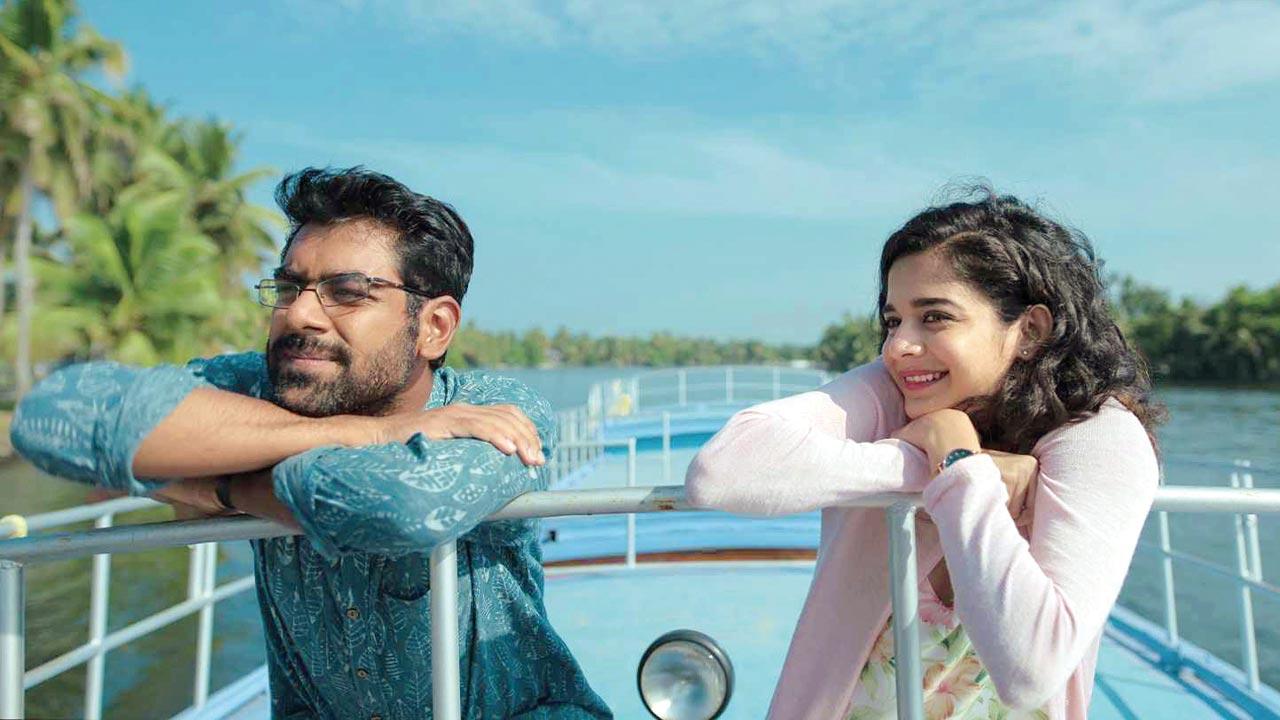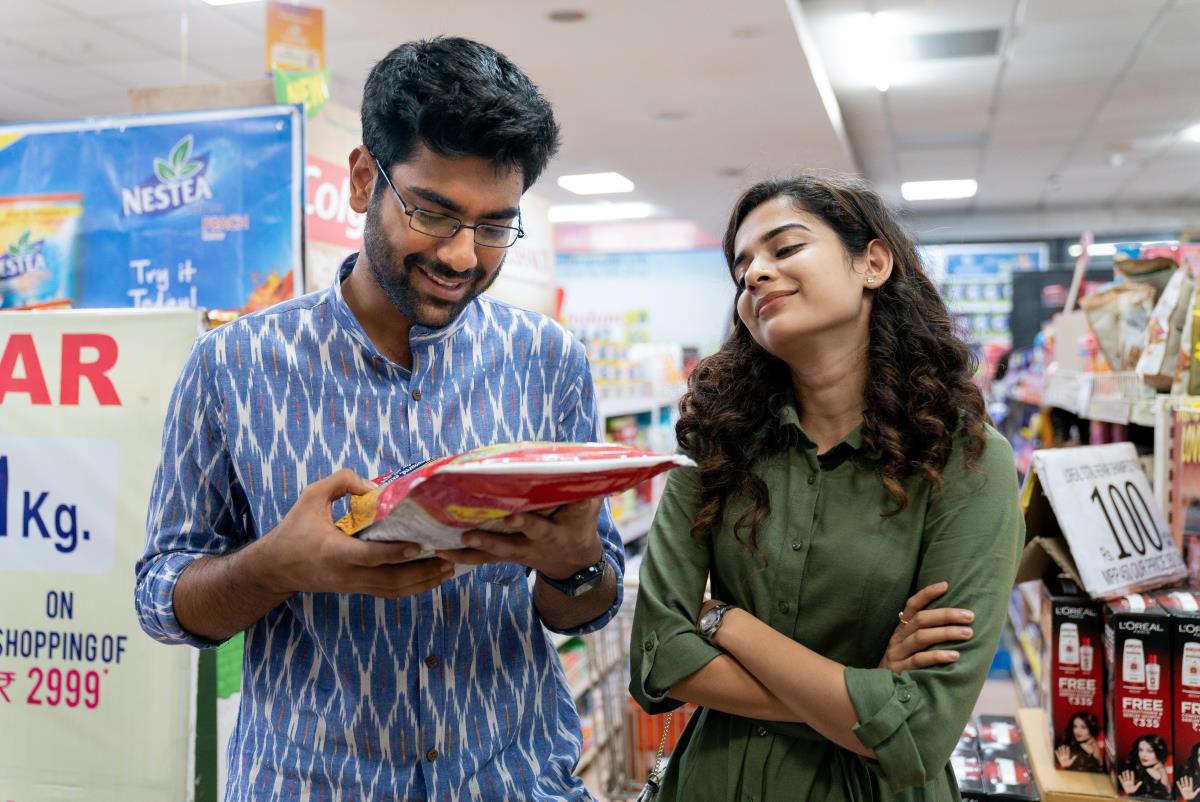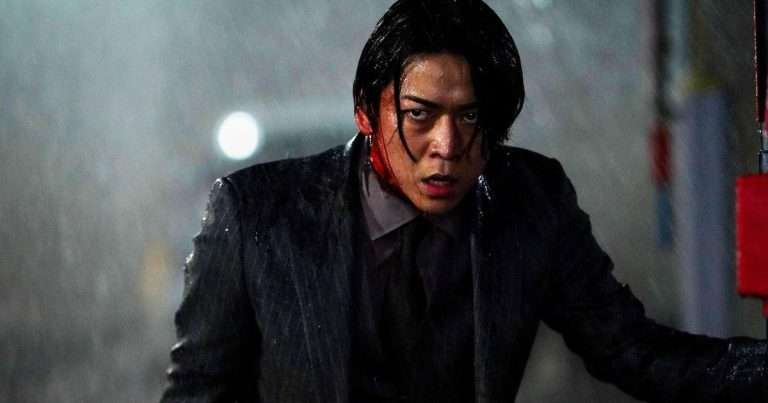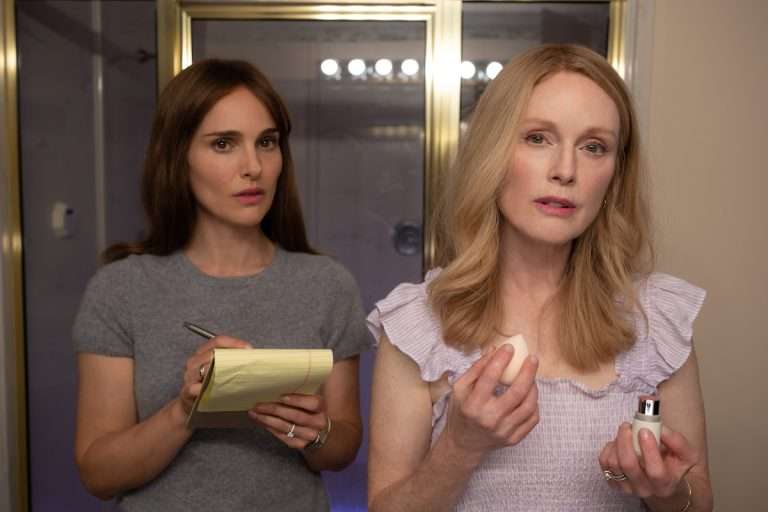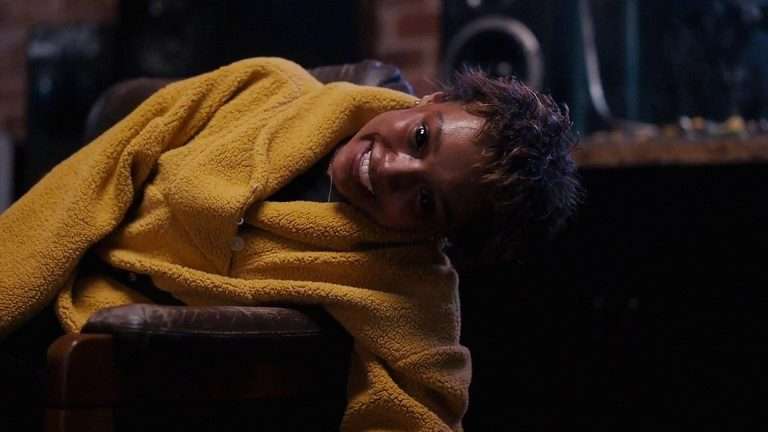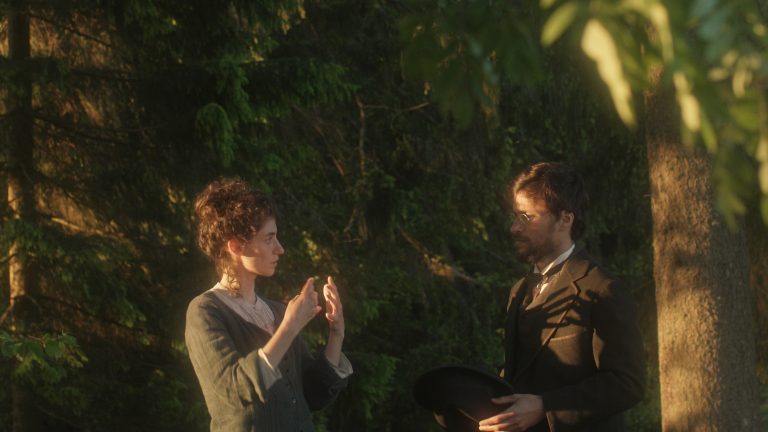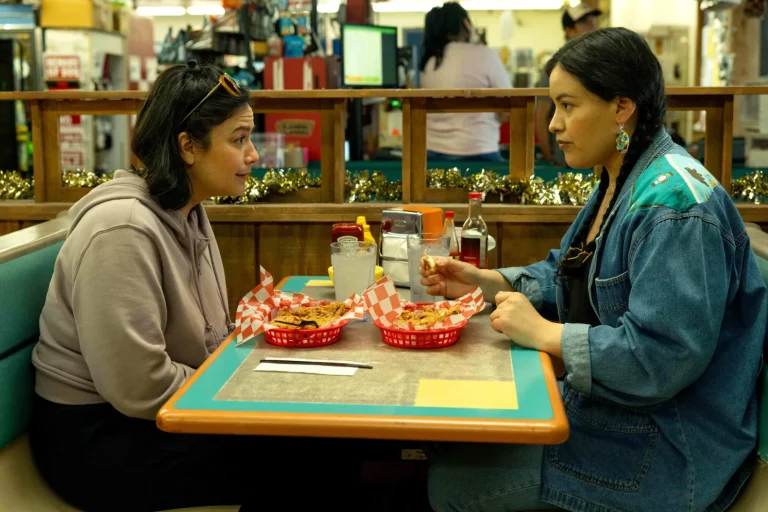The pandemic put a halt on many creative productions. One of such projects was the brainchild of Dhruv Sehgal and Dice Media called Little Things. The much-loved Netflix show had its third season air towards the end of 2019 – just a few months before several of our plans started getting delayed. Covid was obviously a part of Mithila & Dhruv’s lives – the adorable acting duo that helms the show. However, the virus is not a part of Kavya and fictional Dhruv’s narrative, or at least it is never directly implied in the Little Things Season 4.
And while that may be, many unintended references connect these fictional characters with the situation from the outside world. In the epilogue of the previous season, we see them towards the end of their figuring-out stage of adulthood. They mutually decide to take a break from living together – in order to get a better grasp of the crucial aspects of themselves as individuals.
Related to Little Things (Season 4) –
While that was intended as a part of self-discovery & introspection, they were essentially in a state of departure and uncertainty. And that stage in their journey resembles the long-distance relationships of many couples – who had to stay apart during the virus outbreak while working on their bonding and emotional well-being together.
There are moments from this season where we see the actors in thinly populated spaces as compared to the previous seasons. Here, the technical elements give away the sense of space that the characters inhabit. But, the logistical limitations of social distancing do not really hinder the narration much beyond these minute occurrences. What we feel is the emotional gap between Dhruv and Kavya while meeting after a prolonged break and the resulting ruminations of their relationship.
In a podcast with Varun Duggirala, Dhruv had mentioned his lookout on the three seasons, which I’ll roughly paraphrase. The first season was largely about Kavya and Dhruv knowing what they mean to one another – basically a sweetened beginning of their bond. In the second, they tackle the conflicts related to people around them as a couple – while the third is about figuring out their place in the world in terms of their careers. Then from the succession of that logic, the obvious next step is the commemoration of their relationship – which is where the creators naturally lead.
Also, Read – Stranger Things [Season 3] Review: Back to the Teenage Nostalgia!
We meet Dhruv and Kavya meeting one another after a long halt, mapping out their frequencies, and figuring out their reactions based on each other’s changed personalities. They react rather formally. Kavya is impressed by Dhruv’s mature side whereas he is engulfed in the newfound clarity about his life goals. It feels like they try to find the pieces of a puzzle while comparing how they have changed from their past identities.
While Dhruv is getting over his anger and ego issues, Kavya is going through the stage of ’30s where certain ailments start knocking on one’s door and become an inseparable part of the ongoing journey. Neither of them is afraid of discussing the prospect of having a life of mediocrity, escaping the incessant rat race, and are comfortable looking at their lives as distant spectators – without any judgment.
How comfortable are we being ourselves? Are we okay taking an afternoon nap or are we going to look at it as just a reflection of leading a mediocre life? And are we okay with the glooming uncertainties of our lives? The season poses these questions and makes us ponder about our own lives.
The fourth season, albeit emotionally potent, also takes us for granted to like the show more so because of the cutesiness and the appeal of the leads – reminiscent of what it does in the first season. I am not taken aback by the lack of conflicts, but a little by the lack of layered writing compared to the level it had achieved in the last two seasons. After showcasing their coming-of-age phases in an itching manner, this season plays safely for the most part. Still, as an adios – a farewell to Kavya and Dhruv, it manages to upend the shortcomings to any admirer of the show.
From the craving of a bowl full of maggi on a hill station and going there on an impulse to the strategic planning of lives filled with an emotional understanding of one another without a conscious effort – both the characters show remarkable growth and increased awareness. The script makes a conscious effort to make us notice the changes in these characters by articulating their journeys in an accessible manner. There are these facets of adulthood that ‘Little Things’ has always convincingly portrayed that showcase a great deal of understanding related to Indian millennials.

